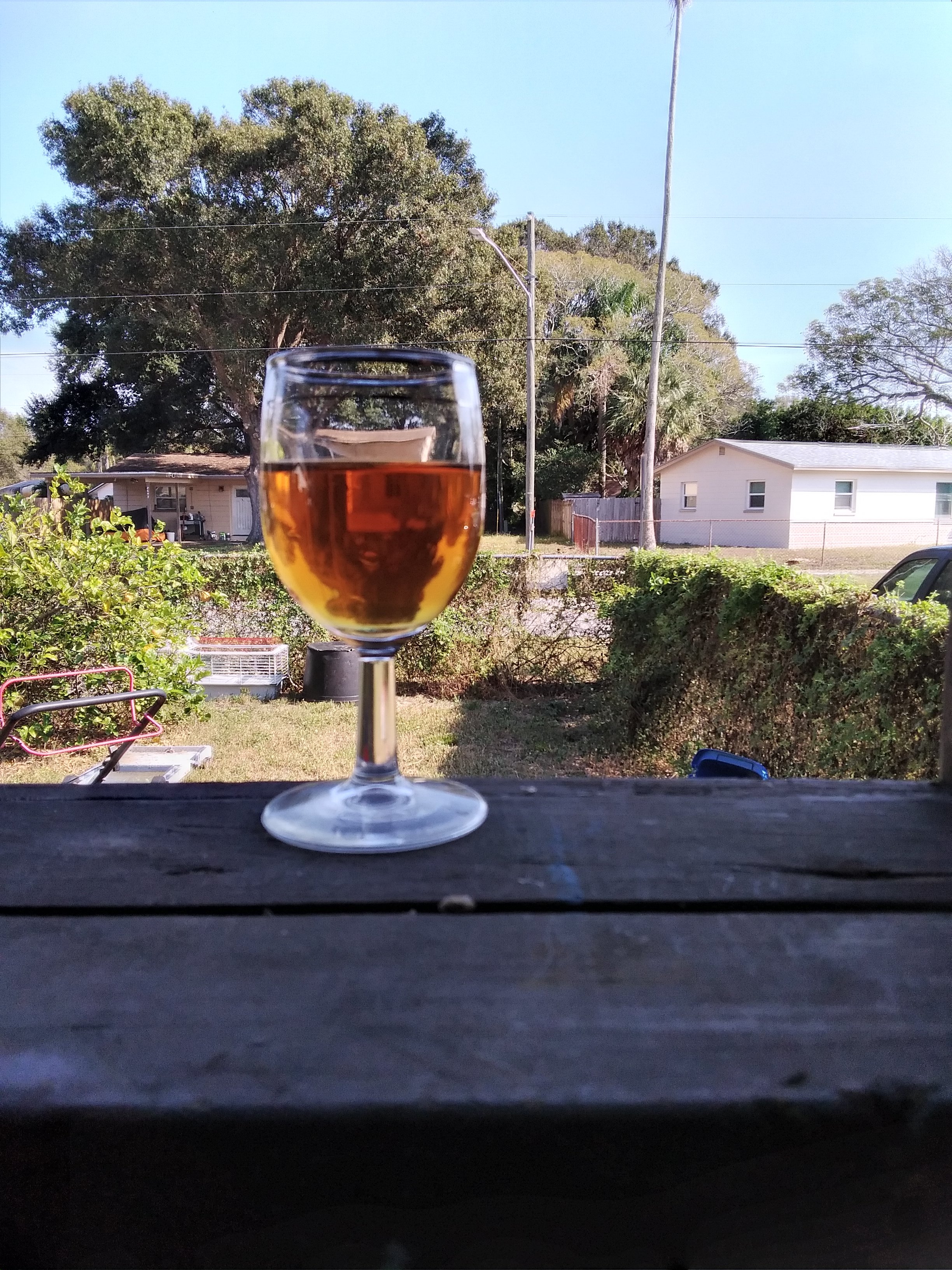Davedrinksbeer
Well-Known Member
- Joined
- May 12, 2017
- Messages
- 118
- Reaction score
- 82
I'm hoping to get some help with wrapping up this recipe as my first attempt at making wine. I started the batch in October 2019; I followed the recipe closely (scaled to 6G) however found that I didn't need as much water as stated. My OG was 1.107 but still netted me enough wine to to fill a 23L carboy upon racking to secondary. 2 months later I racked onto the raisins in another 23L carboy and had enough left over to fill a 1L bottle with airlock.
So, fast forward to today: The wine has been on the raisins for 5 months (was fun to watch them bob up and down) the raisins have now settled and the wine is beautifully clear! I'm wondering how to proceed now with racking, sulphiting, and bottling. My first though is that when I rack I'm probably going to lose a lot of volume to the raisins (am I right in assuming they will clog the racking cane if I go below the mass?) So if I rack into another carboy and include the extra 1L from the bottle I think I'd still be significantly short. What do I top up with? Is pre-boiled water acceptable given the high starting gravity or will that dilute the taste? Finally, would it be better to add some campden now when I rack it and then bottle in a few weeks, or just rack carefully and add the campden at bottling time?
Sorry for all the questions! If you made it to the bottom, I appreciate your help.
Do NOT top off with water. At this point if the wine is clear just transfer all the clear good wine to another carboy and add your sulphites. Gently stir to get it dissolved in. Let it sit a few weeks maybe a month and then bottle. If you want to keep it in the carboy for a year then just drop in some sanitize marbles to bring the volume of wine up to the neck of the carboy.























![Craft A Brew - Safale BE-256 Yeast - Fermentis - Belgian Ale Dry Yeast - For Belgian & Strong Ales - Ingredients for Home Brewing - Beer Making Supplies - [3 Pack]](https://m.media-amazon.com/images/I/51bcKEwQmWL._SL500_.jpg)



































